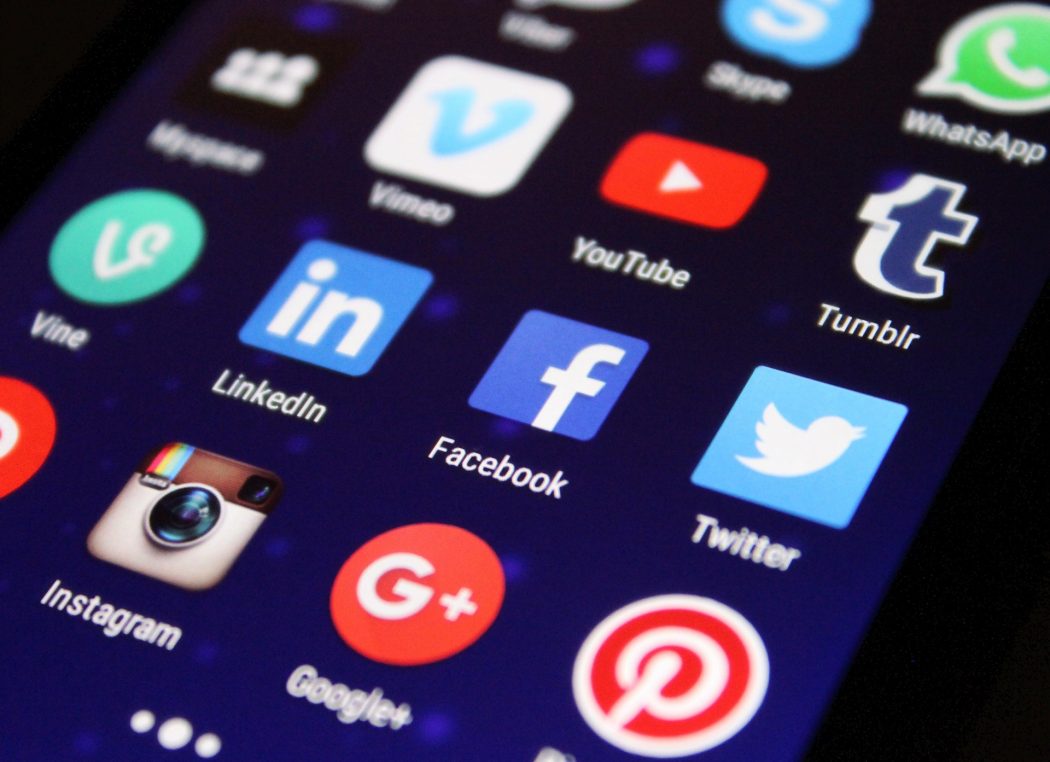“How have television shows such as Dr. Oz impacted the physician-patient relationship?” This question was posted outside the door of my first MMI station at my first medical school interview. I wracked my brain for a thoughtful response, trying to keep my hands from shaking as I hastily wiped my sweaty palms on my new interview suit. Truthfully, I have never seen an episode of Dr. Oz, which became apparent to my interviewer. Nonetheless, we discussed the problems of availability of information and pseudoscientific advice that seems to appear all over the internet.
Patients currently have a wide berth of information at their disposal. More and more frequently, patients will frantically enter their physician’s office, convinced they have diagnosed themselves with a rare and incurable disease discovered on WebMD. Perhaps more interesting is the rise of social media sites catered towards health professionals as well as the explosion of healthcare-related posts on more traditional sites such as Facebook, Instagram, and Twitter. Recently, at the 2016 United States and Canadian Academy of Pathology conference, attendees posted 19,000 Tweets related to the conference [1]. Facebook and Instagram are used to discuss the deaths of celebrities, and autopsy reports are commonly released to the public due to laws that exempt coroners and other public officials from HIPAA [2].
New platforms for discussing patient care and disease process have made communication across disciplines and geographical location much easier, but with access comes unprecedented complications for the healthcare provider. Is it ethical for a nurse practitioner in a rural or underserved area to share photos of a patient to aid in a diagnosis? Figure 1, an application that allows providers to share pictures of skin conditions, EKGs, X-rays, CT scans, and other pertinent information has allowed workers in communities without a physician to receive advice from specialists [3]. The app also allows medical students to practice analysis and diagnosis based on subjective and objective evidence. Users will often post pictures with clues that allow students and other providers to share opinions regarding the cause of symptoms. The app can be used to develop critical thinking skills, but it also places the patient in a vulnerable position.
It begs the question: how far is too far? Can social media be used as a place for input and learning while also respecting the patient’s privacy and autonomy? The Department of Health and Human Services released a report in July 2016 that discussed the need for clarification regarding HIPAA regulations for online posts [4]. Before legislative action occurs, how does a healthcare professional ensure that he or she is protecting the integrity of the patient, the hospital, and his or her own practice? Workers must respect the patient’s privacy and ensure informed consent while also balancing the amount of information on the post in order to be beneficial to others. In light of this, it seems most prudent to remove oneself from the fray, but for providers in rural areas, this is not what is best for patients. As a student, we are taught to take advantage of all available resources. Is an app that gives us exposure to rare conditions appropriate, or should it be regarded as an invasion of patient privacy?
These questions and many others are proof of the ethical quandary of medicine and online posts. The future of social media and healthcare is uncertain, but it is unquestionable that these outlets have led to tremulous ground for the newly fledged healthcare professional or student.
Bridget Ralston is a member of The University of Arizona College of Medicine – Phoenix Class of 2020. She graduated from Santa Clara University in 2015 with a Bachelor of Science in Chemistry and a French minor. She de-stresses by whipping up delicious treats (and subsequently devouring them), playing soccer, and cuddling with her cat, Tuxedo. She has a particular interest in healthcare for underserved communities.

